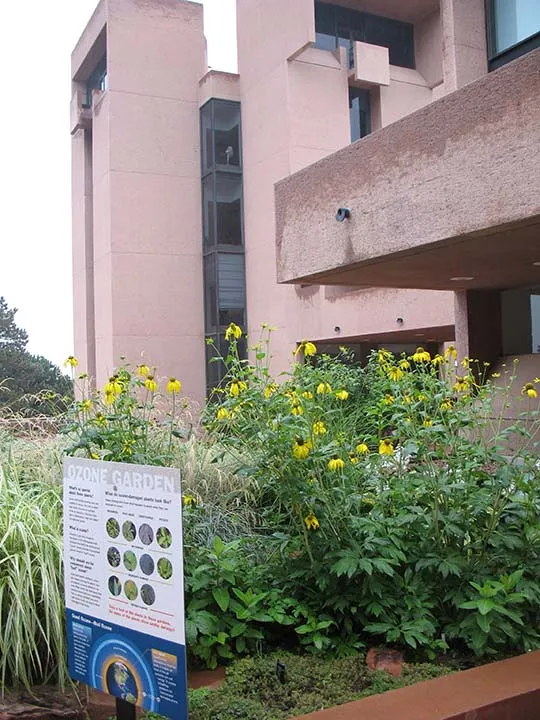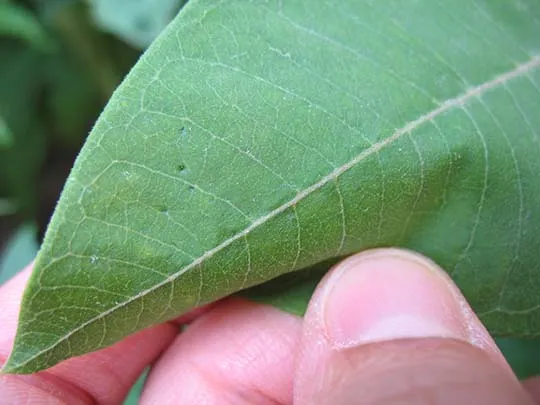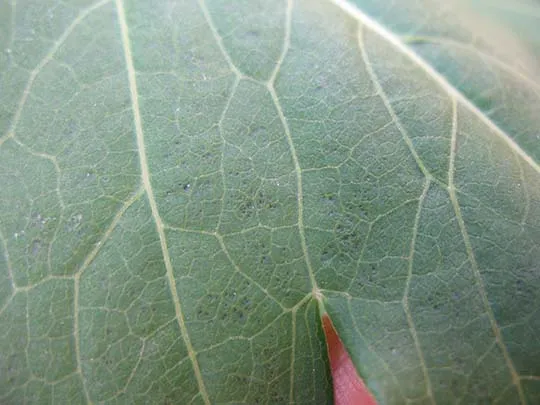Boulder’s Ozone Gardens
This blog post was contributed by Danica Lombardozzi, a scientist at the National Center for Atmospheric Research (NCAR). Danica works in the Terrestrial Sciences group of the Climate and Global Dynamics Laboratory, and one of her research interests is the impact of ozone on plants.
By Danica Lombardozzi
Did you know that ground-level ozone is a serious pollution problem in Colorado’s Front Range? Ground-level (“bad”) ozone is toxic to plants and animals – including humans. It serves a different function from the ozone layer (“good” ozone) high in the atmosphere that blocks the Sun’s harmful ultraviolet (UV) rays, even though it is the same chemical in both places. This is because the ozone layer is high in the atmosphere, so we don’t breathe that ozone, whereas ground-level ozone is in the air we breathe.
In Boulder, we planted gardens that are specially designed to show how ozone pollution damages plants. For example, we chose specific plants that are sensitive to ozone pollution and show visible signs of ozone damage – kind of like a “canary in a coal mine” for ozone pollution.
The garden at NCAR’s Mesa Lab Main Entrance is full of plants that are re-growing from last year, while the other gardens were planted from seeds and plant starts in early June. NCAR’s Mesa Lab Main Entrance garden is the biggest so far, and the cutleaf coneflowers and common milkweed in that garden are already showing signs of ozone damage.

The ozone garden at the main entrance of NCAR's Mesa Laboratory is in full bloom!
NCAR/Danica Lombardozzi

See the dark pinpoint spots? These are called "stipples" and are a sign of ozone damage on a common milkweed leaf at the ozone garden at NCAR's Mesa Lab main entrance. Ozone damage was first noticed this year on June 25, 2015.
NCAR/Danica Lombardozzi

The stipples are more extensive on the cutleaf coneflower leaves at the garden at the NCAR Mesa Lab main entrance.
NCAR/Danica Lombardozzi